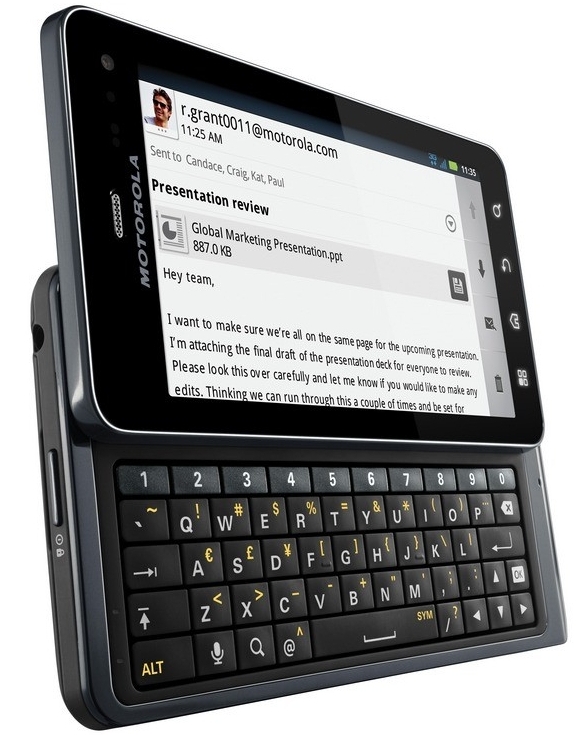
Last week Apple CEO Steve Jobs held a press conference to address the iPhone 4 deathgrip situation. During the presentation he spit out phrases like “phones aren’t perfect” and claimed that the antenna problem is “a challenge for the entire industry.” To provide factual evidence to back these statements, Jobs showcased videos of the iPhone 3GS, BlackBerry Bold 9700, HTC Droid Eris, and Samsung Omnia II all dropping their signal strength when gripped in a certain way. (Apple uploaded these videos to their YouTube page.) Over the course of the next few days following the press conference, RIM, HTC, Samsung, and Nokia shared their thoughts on the matter. You can be sure they did not take Apple’s “all smartphones have weak spots” accusation lightly.
The first cell phone manufacturer to counter-attack Apple’s claims was Nokia, a company Apple interestingly did not make an example of at the press conference. Though they agree with the fact that “antenna performance of a mobile device/phone may be affected with a tight grip, depending on how the device is held”, a non-direct jab at Apple comes later in the statement: “… we prioritize antenna performance over physical design if they are ever in conflict.” Since Apple did not mention Nokia during the presentation, Nokia kindly left Apple out of their brief statement. Little did they know that Apple would post a video of the Nokia N97 Mini getting deathgripped on their YouTube site just four days later.
Now let’s hear what the other cell phone makers had to say about their honorary mention. RIM co-CEOs Mike Lazaridis and Jim Balsillie start the statement off like this: “Apple’s attempt to draw RIM into Apple’s self-made debacle is unacceptable.” Other choice quotes: “Apple’s claims about RIM products appear to be deliberate attempts to distort the public’s understanding of an antenna design issue and to deflect attention from Apple’s difficult situation.” .. “One thing is for certain, RIM’s customers don’t need to use a case for their BlackBerry smartphone to maintain proper connectivity.” Yeah, they just said that.
Things cool down a bit with the reactions from HTC and Samsung. In an exclusive statement to Pocket-lint, HTC’s Eric Lin compared the Droid Eris’ complaint rate to iPhone 4’s. At the conference, Jobs said that over 0.55 percent of iPhone 4 customers called AppleCare to complain about the antenna problem to date. Lin shared that “approximately .016% of customers” feel the need to call in about Droid Eris antenna-related issues. That’s around 34x lower then Apple’s rate. Although HTC has yet to push out more formal response to the debacle, I’d say they win the point on this one. Samsung rounds things out with a terse reply saying that the Omnia II’s antenna is located at the bottom of the device, a logical “design [that] keeps the distance between a hand and an antenna.” Look after the break for the full statements from Nokia, RIM, and Samsung.
All in all I believe that these cell phone makers are justified in responding to Apple’s “Antennagate” mess. It may be true that most smartphones have weak spots, but it was an obvious design flaw on Apple’s part to both place that spot where a hand is apt to grip the device and point out its exact position with a black strip. And to reiterate RIM’s closing words, all of these other smartphones do not require a case to function properly. Handing out free cases is a temporary fix. To remedy a hardware problem a new, better design must be conjured up. When it comes time for Apple to reevaluate the situation in September, I hope they have a more permanent fix in the works.
Update: Today (7/26) Apple posted yet another video in attempt to prove that the antenna problem affects most smartphones. This time around it’s Motorola’s Droid X, one of Verizon’s current flagship phones. Watch the bars drop from 3 to 0 after the break.
[Via Engadget, here, here, here, here & here] Continue reading Cell phone makers respond to Jobs’ claims surrounding Antennagate [Update: Apple throws Moto’s Droid X into the mix] →





























